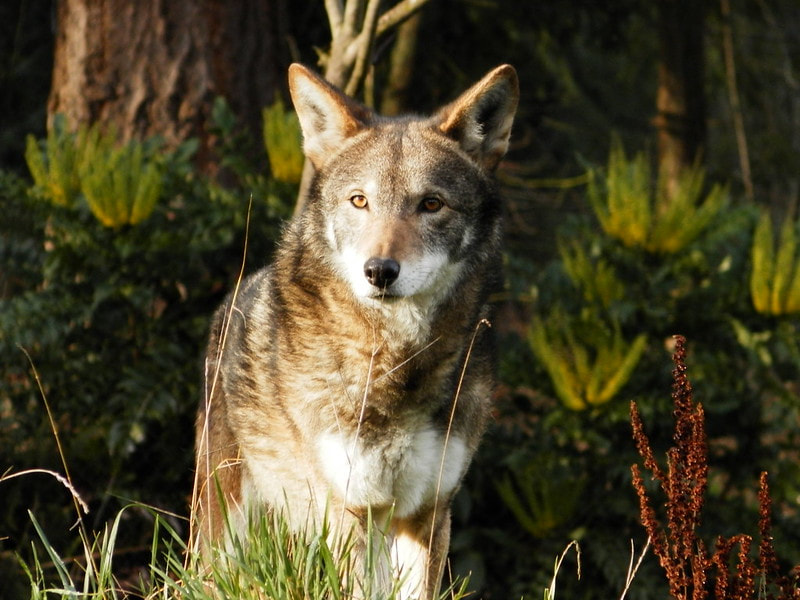|
A new report emerged showing that approximately 20, 000 square miles of land in the United States of America is prime habitat for reintroducing red wolves back to their natural habitat. The report, released by the Center for Biological Diversity, shows that between Alabama, Arkansas, Florida, North Carolina, Virginia, and West Virginia, there's enough suitable space to reintroduce the 14 last remaining red wolves and could support up to 500 breeding pairs. As mentioned, red wolves have dwindled down to only 14 remaining in the wild making them as close to extinction as unfortunately possible. The report urges the US Fish and Wildlife Services to immediately take steps to reintroduce the wolves as they cannot afford any delays to their survival. The report insists the US Fish & Wildlife Services draft a new reintroduction and recovery plan for the wolves taking advantage of the proposed space across the mentioned states to allow the red wolves to thrive once again.
Once common throughout Southeastern US, red wolves have been reduced to a single colony in North Carolina. The US Fish and Wildlife Services has stopped taking necessary steps to protect and conserve the red wolves allowing them to fall into near extinction. In fact, in response to a 2016 petition, the Fish and Wildlife Services pledged to update their recovery plan by the end of last year which they ultimately did not do bringing upon lawsuits to the Trump administration for their lackluster efforts in protecting the species. The Trump administration has repeatedly failed animals and has shown a complete lack of empathy to the perils these animals are currently facing.
With this new report emerging, we can hope that his administration gets off their arse and actually comes up with a proper reintroduction plan immediately before the last remaining red wolves die off, leading to their extinction. HAPPY VEG
0 Comments
Leave a Reply. |
Stay educated and remain involved in animal welfare. Together, we can all make a difference!
Archives
April 2024
Categories |
Proudly powered by Weebly


 RSS Feed
RSS Feed